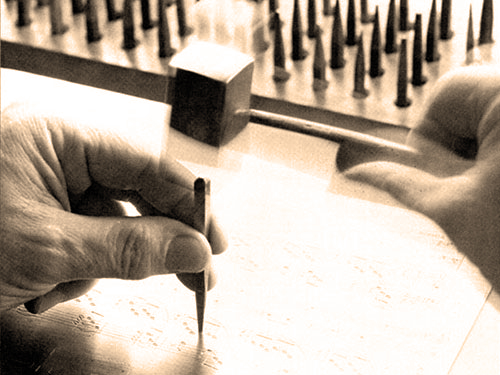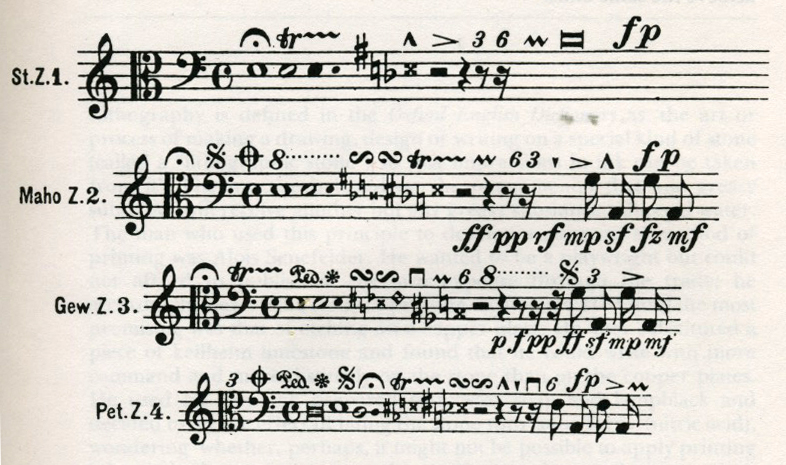In 1989 I started using a computer out of necessity to create scores for the vocal ensemble La Cappella. In addition to preparing new editions from Renaissance part books, I also composed and arranged for the group— which was rewarding, but not always legible for the five other singers. The IBM® compatible computer at the time had 4MB RAM, and I worked my way through the tutorials of Coda’s Finale® 1.0 version. Later, I switched to the Apple® platform, but I stayed true to Finale, where I’m occasionally called on as a beta tester. Even now, over 30 years later, it is the software of choice for me.
I’ve spent a lot of time fine-tuning my templates, tweaking slur and tie settings and experimenting with various note-spacing algorithms. Finale might not work well straight out of the box compared to some other products, but with a bit of effort, one can create a truly personalized look. Maybe the program’s initial “roughness” is its greatest asset, its adaptability: a knowledgeable user can tackle any notational challenge and produce an attractive score. I believe that— even after using well crafted templates and implementing automated processes— the professional engraver must spend ample time manually perfecting a piece: things like nudging a lyric to the right, reducing the spacing between two notes, raising a slur tip off a line, distributing systems on a page for a more balanced look.

This is a time-consuming task, but I consider it a privilege, since it’s a commitment I share with the many fabulous, meticulous music engraving artists throughout the centuries.
Of course, in the digital age we have been gifted the Copy feature, and even more importantly: the Undo button.
Visit my Portfolio page to see the variety of publications I have been involved with. From a solo Bass Oboe composition… to a full orchestral score with piano, celesta, two harps, choir, narrator, banjo, harmonica, full percussion including washboard and definitely enough cowbell… I think I’ve covered it.
Please contact me to discuss your project.


